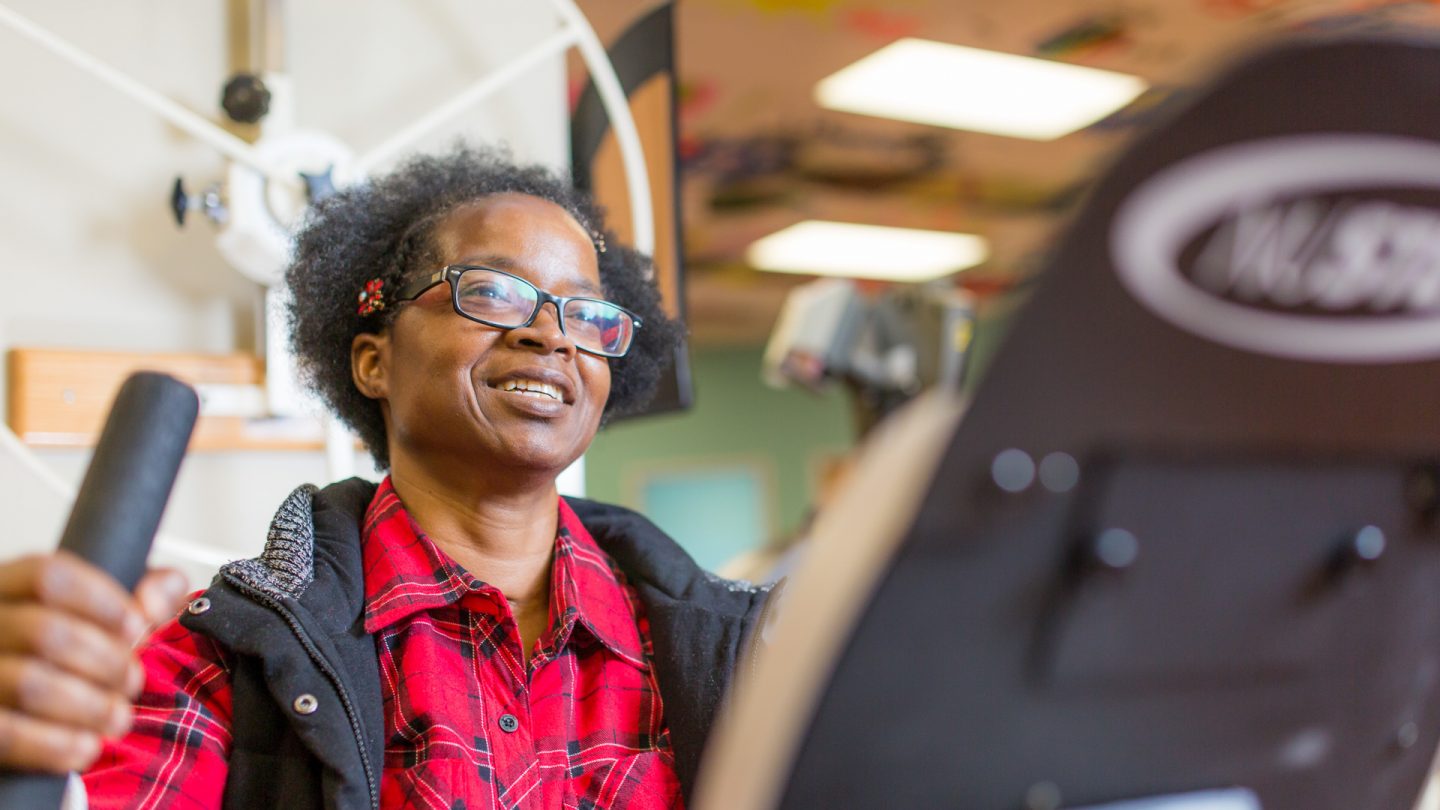Stroke studies
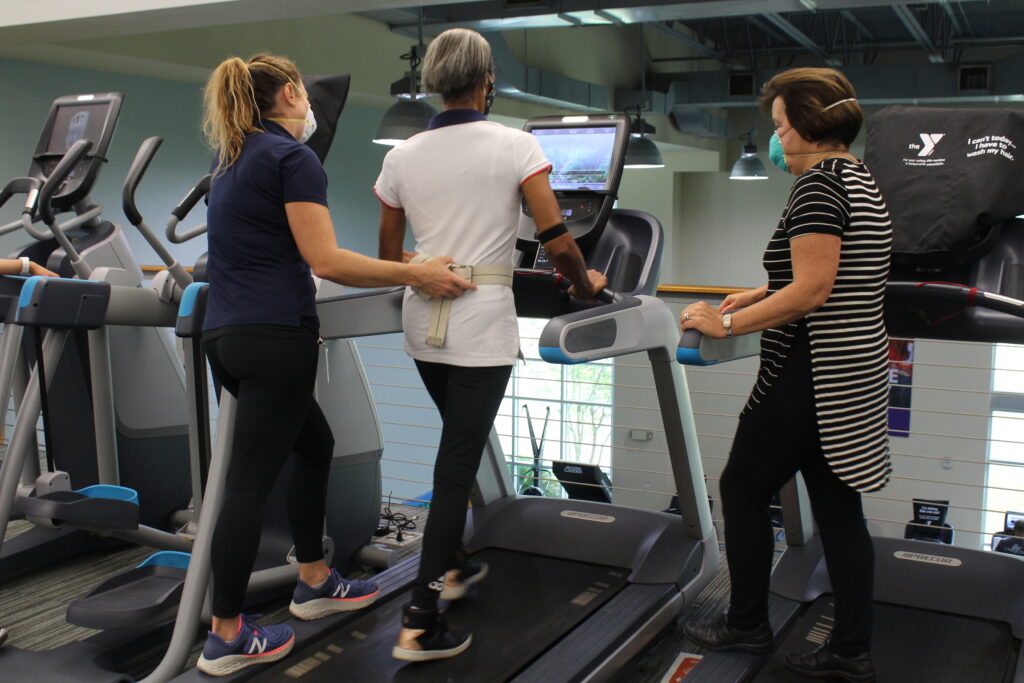
REPS Study (Respiratory Exercise Post-Stroke)
The purpose of this study is to improve a person's overall health and wellness after a stroke through a combined training program for breathing muscles and an exercise program for arm, leg and heart muscles to improve strength, mobility and quality of life.
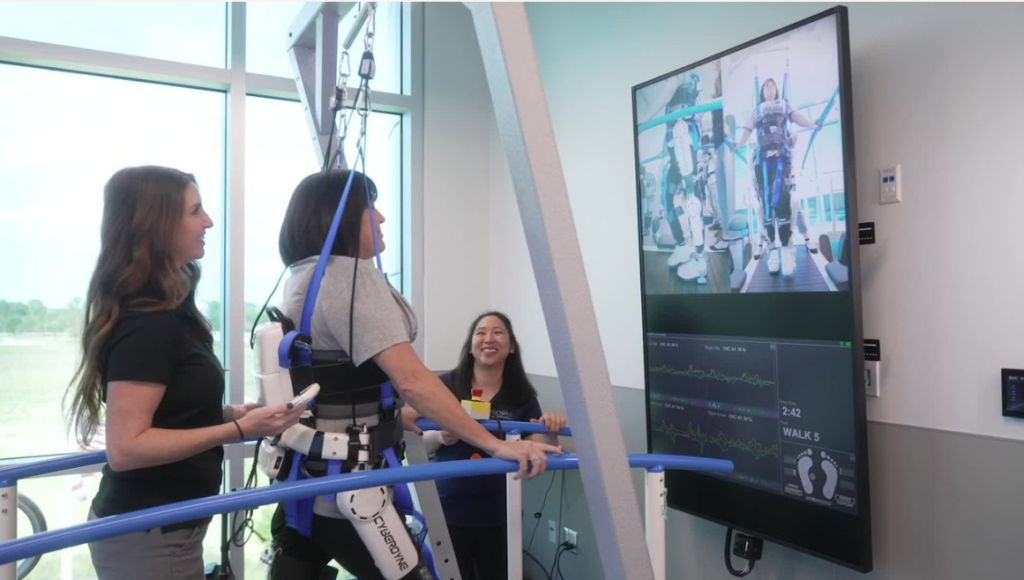
BRAVE Study (Brain Recovery after Variable Exercise)
We believe that exercise can change the brain. “How much is enough?” This is a question often asked in stroke rehabilitation and the BRAVE study will compare two different “doses” of a backward walking exercise program. The study will also examine how the brain changes in response to exercise. In addition to the exercise sessions, participants will undergo two MRI assessments at the University of Florida in Gainesville.

SleepSMART Study
This study will help determine whether treatment of obstructive sleep apnea (OSA) with continuous positive airway pressure starting shortly after acute ischemic stroke or high risk TIA (1) reduces recurrent stroke, acute coronary syndrome and all-cause mortality 6 months after the event (2) improves stroke outcomes at 3 months in patients who experienced an ischemic stroke.

EMAGINE.II (Brain Stimulation after Stroke)
The purpose of this study is to investigate the effects of electromagnetic stimulation using the BrainQ device (BrainQ Technologies, Ltd) on arm and leg function in people with subacute stroke.
Spinal cord injury studies
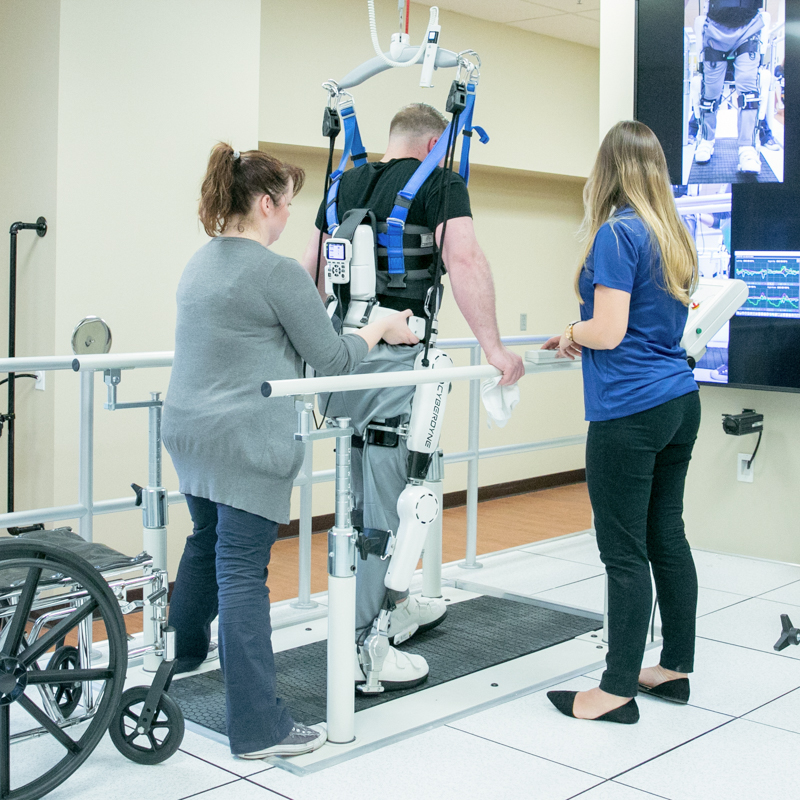
RoAR Study (Robotics Augmenting Recovery)
Many people have difficulty walking after spinal cord injury. Robotic devices may enhance the delivery of rehabilitation. The purpose of this study is to examine the safety and efficacy of intense walking rehabilitation using adaptive robotics--the Cyberdyne Hybrid Assistive Limb, in adults with chronic SCI.

LT+TRT Study (Locomotor Training + Testosterone Replacement Therapy)
Between 40-60% of men have low testosterone after spinal cord injury. The purpose of this study is to determine if walking rehabilitation, i.e., locomotor training and testosterone replacement therapy improves muscle and bone health and walking ability in men who have low testosterone and problems with walking after spinal cord injury.

Amplify (Transcutaneous spinal direct current stimulation to enhance locomotor rehabilitation after SCI)
Walking rehabilitation (ex. locomotor training) can help improve a person’s ability to walk after SCI, but often, walking is still difficult. The purpose of this study is to examine if the use of transcutaneous spinal direct current stimulation (tsDCS) added during locomotor training can assist in achieving greater improvement in walking function.
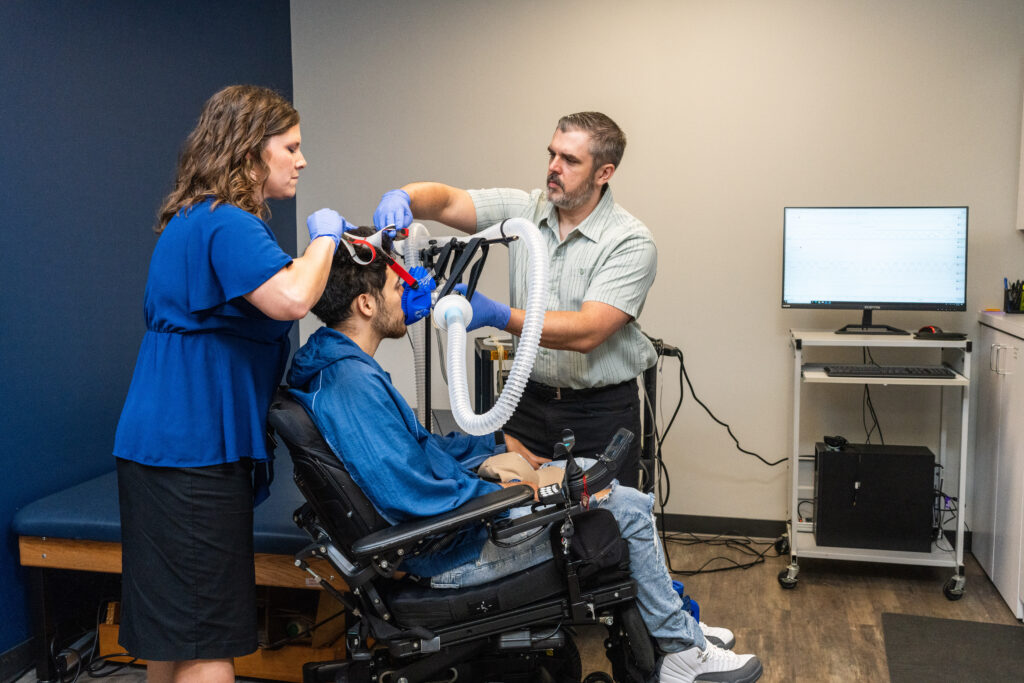
BioFLO: Biomarkers of respiratory recovery after fluctuating oxygen in SCI
This study builds on earlier research and looks at whether doing special breathing exercises, along with short times of breathing low oxygen with added carbon dioxide, can help people with spinal cord injuries breathe better. Because a person’s genes can affect how well they respond to treatment, we are also studying how certain genes might be linked to changes in breathing after these treatments.
Additional studies

UP2 (Walking and Cognition)
This study will involve 18 sessions of intense walking exercise combined with mild, non-invasive brain stimulation in older adults who may or may not have noticed changes in their cognition. This study is examining the effects of combining both interventions on cognitive and walking function.

Join our active research registry
Don’t see a study you can participate in? Register for future studies and our research team will reach out when they are conducting a study that meets your needs.
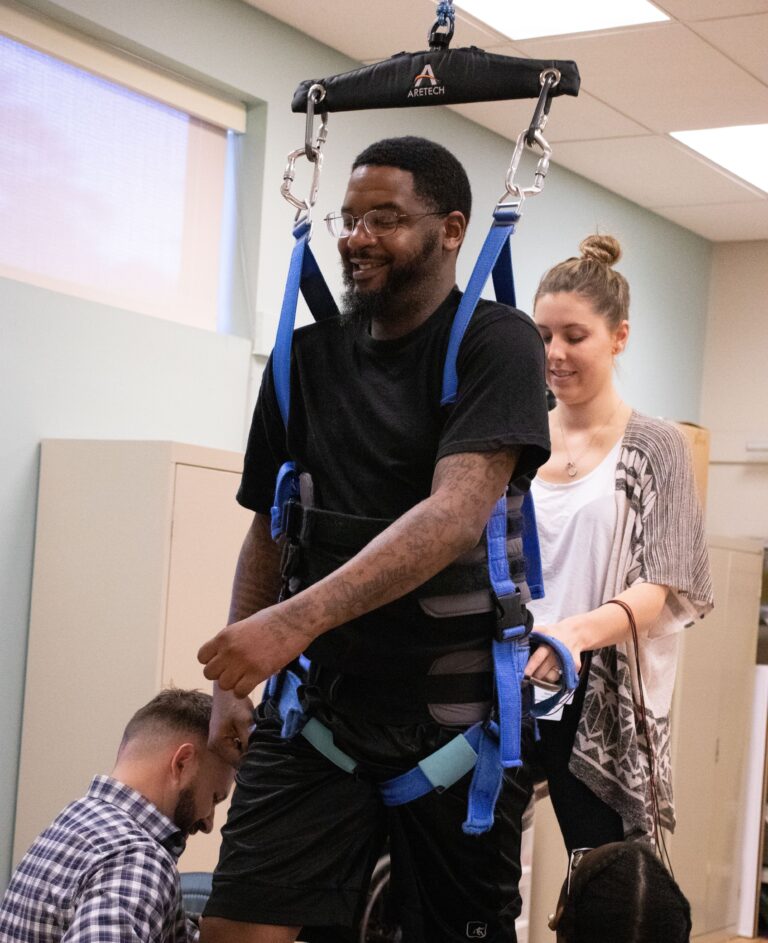
Help spread the word
Know someone in the community who would benefit from a Brooks Research study? Download our flyer below to share with them!
Contact Us
Have questions or want to learn more? Reach out to our team at (904) 345-7168 or [email protected]
